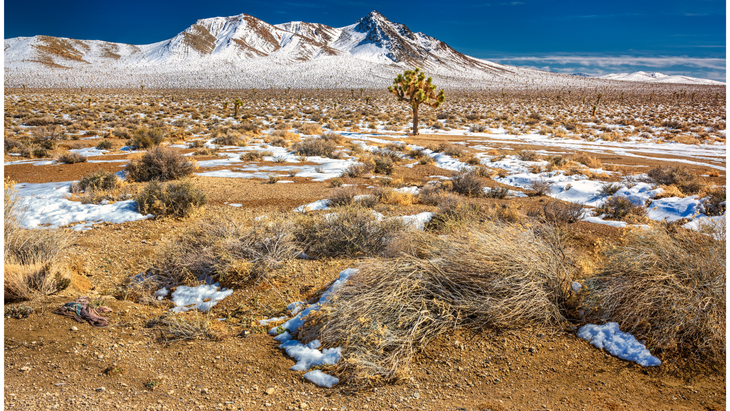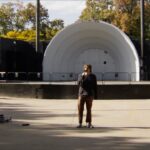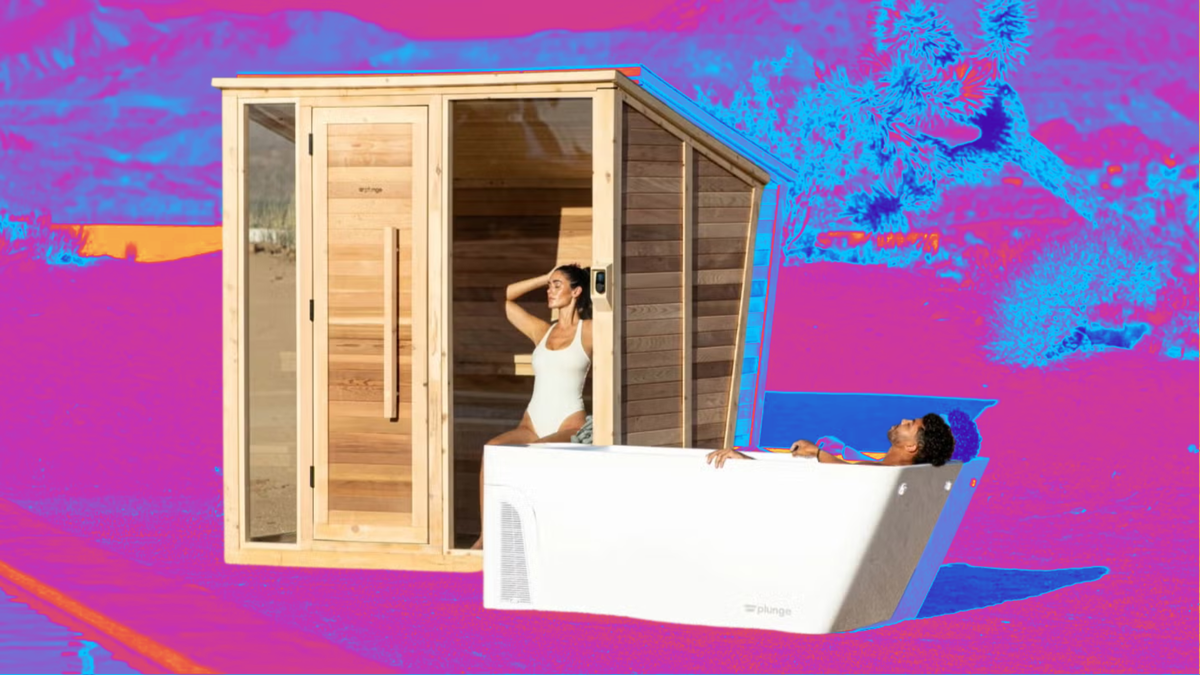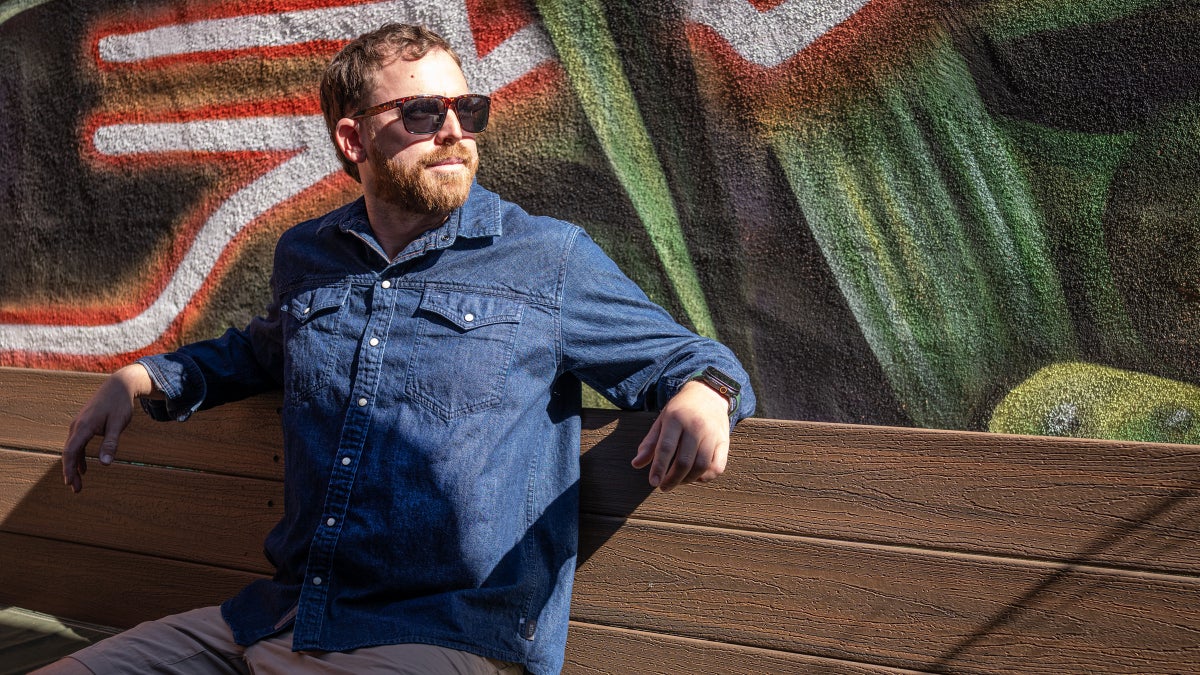
The first cold snap is coming to the Midwest, Appalachians, and Northeast this weekend, with widespread frost and freezes occurring.
An “intense” and “stormy winter” is ahead for certain parts of the country, according to the 2025 to 2026 winter forecast provided by AccuWeather, but keep your hiking boots out if you live in the Southwest. Along with these other four regions, the Southwest will hold near-perfect temperatures for strenuous outdoor exploration.
Areas in the Southeast and West are predicted to have a calmer December through February as well, lead long-range expert Paul Pastelokknow of AccuWeather, shared with Outside, “but the Southwest will see the warmest weather.”
“The waters are so warm over the Pacific that if they stay that way, that area of the country could be warm all the way to the coast,” said Pastelokknow. But keep in mind that the current weather predictions are only slightly above average, meaning it’ll be warmer, “but not by much,” he said.
Weather experts will be watching the sea surface temperature through the fall, when they will know for sure how these temperatures will hold.
For now, here’s what we know.
These Will Be the Warmest Cities This Winter
Arizona, Southern California, and central and southern Florida should have the warmest readings this winter, Pastelokknow shared with Outside.

Tucson, Arizona
Historical winter averages for Tucson: December (53 degrees Fahrenheit), January (53.6 degrees Fahrenheit), February (56.2 degrees Fahrenheit)
Tucson, Arizona, could average 3.5 degrees Fahrenheit above the historical averages for December through February, Pastelokknow said, putting the temperatures closer to 60 degrees Fahrenheit through winter.
What to do this winter near Tucson: If in the area, consider visiting Agua Caliente Park, a 101-acre perennial oasis featuring otherworldly hot springs and mountain views.
Fort Myers and Miami, Florida
Historical winter averages for Fort Myers: December (67.3 degrees Fahrenheit), January (64.7 degrees Fahrenheit), February (67.3 degrees Fahrenheit)
Historical winter averages for Miami: December (71 degrees Fahrenheit), January (68.5 degrees Fahrenheit), February (70.5 degrees Fahrenheit)
Fort Myers and Miami could range from 1.75 to 2.5 degrees Fahrenheit above the historical averages for December through February, according to Pastelokknow.
What to do this winter near Fort Myers: Try to spot some manatees at Manatee Park in Fort Myers. The playful mammals usually make their debut in December when the temperature hangs around 68 degrees Fahrenheit. Kayak rentals are available for viewing the manatees close up.
What to do this winter near Miami: Consider an airboat tour to explore the unique ecosystem in Everglades National Park this winter, the largest subtropical wilderness in the United States.
El Paso, Texas
Historical winter averages for El Paso: December (46 degrees Fahrenheit), January (46.3 degrees Fahrenheit), February (51.2 degrees Fahrenheit)
El Paso, Texas, shown in the red on the map, is expected to experience a 3 or more degree difference from its averages through winter.
What to do this winter near El Paso: Hike and explore Franklin Mountains State Park or Hueco Tanks State Park this winter while there are prime weather conditions in Texas. Franklin and Hueco are known bouldering sites.
Lower Deserts of Southern California
Historical winter averages for lower desert areas like Palm Springs: December (57 degrees Fahrenheit), January (59 degrees Fahrenheit), February (61 degrees Fahrenheit)
The lower deserts of Southern California could range from 3 to 4 degrees Fahrenheit above the historical averages for December through February, Pastelokknow said.
What to do this winter near Palm Springs: Explore Joshua Tree National Park, an outdoorsy person’s dream with incredible hiking routes, rock climbing, and bouldering available.
Warmer Regions This Winter

When it comes to temperature departures, along the eastern seaboard and through most of the Pacific Northwest, towns could see at least 1 to 2 degrees above historical averages. Colorado, Utah, and Nevada will see temperatures slightly above average as well.
Data collected by the Old Farmer’s Almanac, reported by Outside, confirms that the Southwest is expected to be the warmest. In the Southeast in cities like Raleigh, Columbia, Atlanta, and Savannah, the coldest average temperature will be 44 degrees Fahrenheit in January. And in the desert Southwest in cities like Las Vegas, Phoenix, Tucson, Albuquerque, and El Paso, the coldest average temperature will be 49 degrees Fahrenheit in January. The Pacific Northwest and the Pacific Southwest will see slightly above average temperatures, as well as parts of Florida and the deep South, consistent with the above report.
The post These States Will See the Warmest Weather This Winter appeared first on Outside Online.














